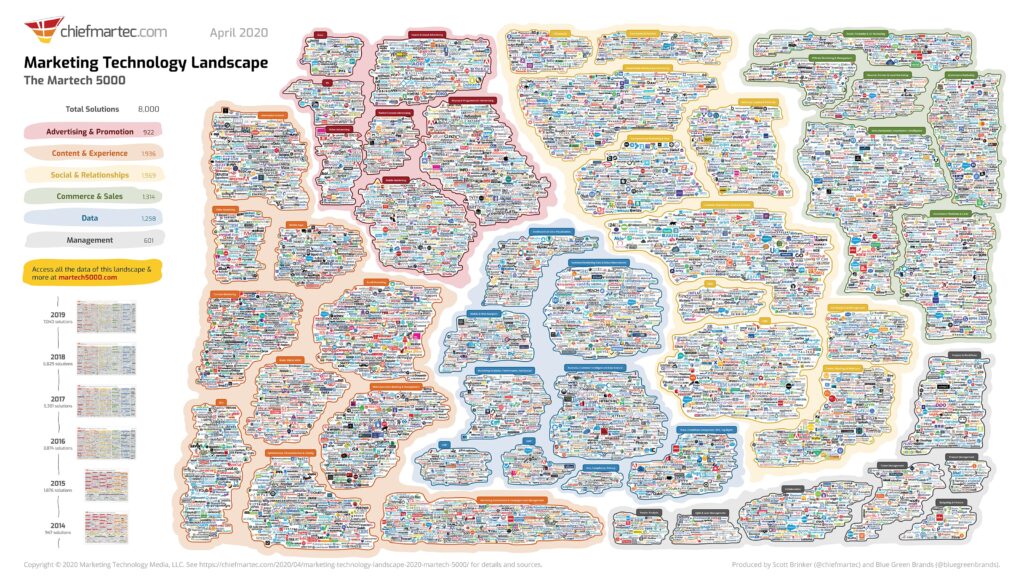Curveballs Happen: Build Flexibility Into Your Marketing Plan
On average, 26 percent of business’ marketing budgets are wasted or go unspent. That means that leads are left behind, campaigns aren’t performing to their full potential, overall awareness is lower and, worst of all, your budget could be cut for the upcoming year. Unfortunately, this is a common problem with organizations that do not plan ahead or work to develop and execute an annual strategy that allocates spend over time to meet specific business goals.
Take the time upfront to develop your marketing strategy, allocate your budget across campaigns throughout the calendar year, involve all the necessary people and boom, done! In theory, this sounds simple enough and in a perfect world, free of autonomy and choice, this would work without any hiccups. I hate to be the bearer of bad news, but it seldom works out the way you draw it up. When was the last time your audience did exactly as you expected, when you expected, for the duration you expected? I am going to take a wild guess and say…never!
Plans change. Plan A morphs into Plan B and then Plan C, D, E — you get the drift. Planning for change is the only plan that really works and taking an agile approach to your marketing efforts is necessary in the age of information overload, technological advancements and TikTok (who saw that coming?). More importantly, how do all these changes affect the overall budget? The amount of time and people involved can drain your budget before you even get through Q2!
The Power of AI
Not only do people and plans change, but there is also always the threat of (Jaws theme song starts to play… DUN DUN) human error. This can affect budget spreadsheets, metric data, launch dates — you name it. Did you budget for backtracking to find the errors that have thrown all your data overboard? Probably not. That’s why it’s important to enable safeguards via automation, AI and machine learning to protect your budget.
Leveraging newly developed marketing technology can provide you with insights into your campaign performance — when to pivot, where to pivot and even how to pivot. Maybe not that last one. Let’s be honest… robots can’t do everything! Otherwise, we would already be channeling our inner Will Smith from “I, Robot.”
We Still Need People
Thankfully, we’re not there…yet. What I’m trying to say is that there are aspects of every annual marketing plan that need to be fleshed out in person (is that still a thing?). You need to sit down with your developers, creatives and marketing team to create a flexible plan that can change with the times. In short, you need backups in place for when (not if) the plan changes.
Are you annoyed that I said people ruin marketing and to only use robots and then said that robots can’t do everything so you need people? I am, too. But the truth is, you need both working together. I will bring this full circle, I promise.
Okay, so now that we know there are a number of variables to consider when developing a marketing strategy and some of these variables can affect the overall performance of a campaign. Let’s get into the meat and potatoes of it: consolidation.
For millennia now, marketers have been using a tech stack that involves 382 (+/-) tools, distributed across time and space. Pulling in X data from X software into X spreadsheet sent to X person who forwards it to X who edits it to reflect X. That’s a lot. What if you were able to consolidate by bringing Google Analytics, email marketing, digital advertising, SEO, social media and website performance all into one place? I imagine that it would make things easier. Simple as that. There are a number of software options that can do this for you through marketing automation, APIs and other planning tools. Some allow execution, some just pull in the data…all of them help you get the job done.

The big picture here is this: Marketing budgets go unused or wasted because planning and tracking cannot be done in a silo. You need to build in room for change and that change needs to be accounted for. You need appropriate tracking and data gathering that does not rely (solely) on your employees. You need someone or something that tracks your budgets over time. And you need a process for optimizing your efforts in a way that reflects the market.
Understanding that the above items are not a luxury but a necessity, is step one in utilizing your annual budget to provide a positive ROI for your organization. There are a lot of moving pieces that need to be monitored and accounted for. Finding the best way to do this can involve the implementation of marketing technology, a marketing agency or a combination of the two. Over the years, we have developed, revamped and executed our clients’ tech stack in ways that better allow them to stay on budget. We also use internal technology to monitor and optimize budgets to best meet marketing goals.
Are you ready to step up your marketing, allocate your budget in the most efficient manner possible and increase your marketing ROI? If you follow and account for the items outlined in this article, you are well on your way. If you need help through this process or want to offboard it entirely, we are always here to help!



